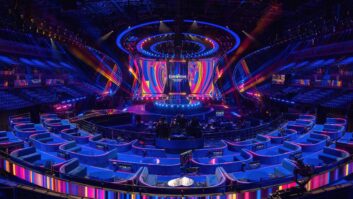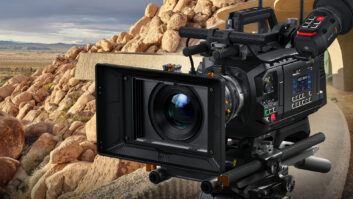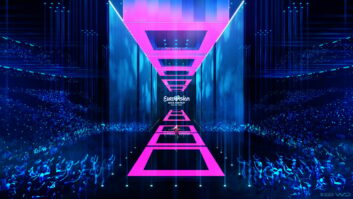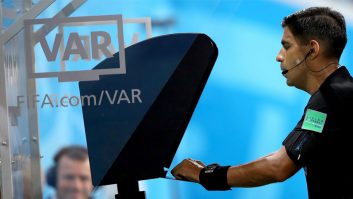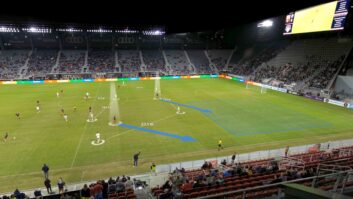With a rich heritage going back to its founding in 1821, the Ecole cantonale d’art de Lausanne (ECAL) is a university of visual communication, art and design located in the Renens neighborhood of Lausanne, Switzerland. With a student body of about 600, representing more than 40 nationalities, the ECAL is ranked as one of the top art and design universities in the world. The ECAL of today is a showcase of advanced technology, and we’ve dedicated ourselves to creating an IT platform that can help our students set their creativity free – whether their field of study is fine arts, cinema, graphic/industrial design, or photography.
Our Apple-based infrastructure is at the heart of the technology resources we provide to help our students learn and create. Currently, our network supports about 350 student Macs, some of which can be dual-booted with Windows should the need arise. For some time, we’ve been operating in a virtualized environment under VMware’s vSphere, which until recently managed a cluster of six Apple Xserve enterprise servers running an OS X virtual machine server. We also run a cluster of four HP servers managed by Windows Server VM.
When Apple discontinued the Xserve in 2010, we knew we’d need to migrate away from these workhorse machines eventually. We did manage to squeeze five more productive years out of the configuration, but its limitations &ndndash; including the Xserve’s maximum 48GB of virtualized RAM – finally caught up to us. When VMware announced a new release of its vSphere ESXi hypervisor for the Mac Pro earlier this year, we knew we had found our new server platform.
With the purchase of four new Mac Pro 6.1 cylinders, the next step was to find a solution for rack-mounting and connecting them to our Cisco Nexus 10Gb network infrastructure. Sonnet Technologies’ RackMac Pro, in tandem with the Sonnet Twin 10G Dual-Port 10 Gigabit Ethernet to Thunderbolt 2 adapter, offered the ideal solution.

Although the Mac Pro looks cool, the cylinder shape doesn’t exactly lend itself to rack-mounting. The duo version of the RackMac Pro solves that problem by securely mounting two Mac Pros horizontally in a compact, 4U enclosure. Mounted inside the RackMac Pro, a Twin 10G adapter for each computer provides lightning-fast connectivity to our 10Gb Ethernet network. By the end of 2015, we hope to completely phase out the six Xserve servers, so we’ll be installing the other two Mac Pros in the RackMac Pro/Twin 10G configuration.
The extensibility and 10Gb connectivity afforded by the Sonnet solutions offers a professional, high-performance platform that enables us to get the maximum benefit out of our new Mac Pro-based virtual environment. Not only is ESXi very easy to install on the Mac Pro, but the single-processor configuration of the servers offers savings by requiring only four VMware licenses, compared to the 12 licenses of the previous Xserve cluster. We’re able to run Linux, Windows, or OS X virtual machines all on one vSphere ESXi cluster, and we can take advantage of the Mac Pro’s superior 128GB of virtualised RAM.
With the success of our migration away from the Xserve cluster, we’re now taking a serious look at replacing our HP virtual servers with the Mac Pro configuration, supported by the Sonnet gear.
David Tschudi is information services manager at ECAL, the Ecole cantonale d’art de Lausanne in Renens, Switzerland
